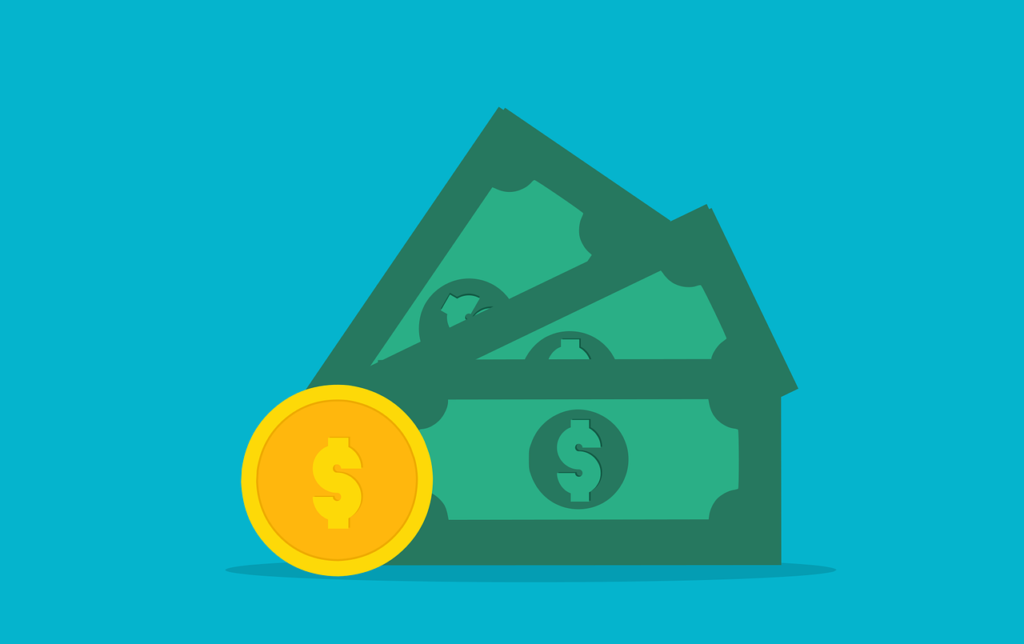Recent surveys reveal a subtle but discernible decline in optimism among Filipinos about the future. Coupled with ongoing cost-of-living pressures, this shift in sentiment may contribute to an increased reliance on loans as a solution. Convenience and perceived necessity drive this trend, raising concerns about debt burdens and a potentially worrisome cycle for vulnerable borrowers. Etomo loan review and special reviews platforms help people compare borrowing options but addressing core economic challenges is vital to avoid widespread financial struggles.
Filipino Outlook: Dipping Optimism
Social Weather Stations (SWS) data from Dec 2023 shows a drop in “personal optimism” scores: just 44% felt confident life would improve within a year. That’s a contrast to the Pulse Asia “hope” survey conducted days prior. Reasons abound:
- Inflation: While the overall rate eases, costs of essentials like rice remain high, cutting deeply into incomes, particularly for lower-income families.
- Underemployment, Inequality: Stagnant wages or insufficient working hours exacerbate economic stress. Unequal wealth distribution perpetuates the difficulties for most Filipinos.
- Unfulfilled Expectations: High initial hopes surrounding various political initiatives may contribute to feelings of uncertainty about the future.
Debt Culture on the Rise
- Easy Access: Convenient lending apps and expanded credit offers mean that debt is within reach for millions. But ease of access does not equal long-term stability.
- Borrowing Costs: High interest rates (averaging around 7% in April 2023) add a considerable burden, especially given low incomes for many.
- Rising Bad Debt: Over 400 billion in unmanageable loans as of April 2023 raise concerns about debt traps, where servicing debt leads to greater debt for Filipinos.
The Ease of Loans…But at What Cost?
Amidst economic worries, a growing array of loan options becomes both enticing and necessary for many Filipinos. While quick-access loans, including those featured on platforms like Etomo, offer immediate solutions for expenses or emergency needs, there’s a risk of becoming ensnared in a cycle of debt. Research shows an ongoing rise in personal loans across all financial segments. While loans offer a financial “lifeline” to bridge budget gaps, frequent borrowing patterns might indicate deepening financial instability for numerous households.
Factors Driving Filipino Borrowing Trends
There are several reasons why Filipinos may turn to loans, regardless of the overall economic climate:
Rising Costs: With prices rising faster than wages, it can be increasingly difficult to stretch income far enough to cover basic needs, let alone additional expenses.
- Inflation Outpaces Income: Food, housing, and transportation costs continue to rise, making it harder to cover necessities. Without corresponding wage increases, Filipinos find themselves squeezed with reduced purchasing power.
- Aspirational Consumption: Social pressures to meet certain lifestyle expectations create added budgetary pressure, potentially leading to debt financing for non-essential expenses.
Unexpected Emergency Costs: Sudden medical bills, job loss, or unforeseen repairs can create sudden cash flow deficits leading to loans as a quick solution.
- Vulnerability to Shocks: Without safety nets like sufficient savings or government support, emergencies can have devastating financial consequences for those not already well-off.
- Cycle of Debt: If one emergency is insufficiently cleared, and another arises, loan upon loan accumulates, deepening hardship rather than creating solutions.
Limited Financial Awareness: Insufficient understanding of interest rates, compounding debt, or effective repayment strategies can amplify risks.
- Financial Literacy Gaps: Inadequate education about how borrowing works means less ability to choose appropriate credit tools and assess long-term implications.
- Predatory Lending: Some lenders use opaque terms, high fees, and pressure tactics, further exploiting the knowledge gap and perpetuating cycles of debt.
Ease of Access: The rapid proliferation of lending platforms, alongside traditional bank loans, make obtaining money increasingly effortless which itself amplifies temptation.
- Technology Enabled Borrowing: Mobile apps and online platforms make lending instantly accessible, often blurring lines between essential and irresponsible debt.
- Marketing and Normalization: The advertising for such loans reinforces a sense of ease and urgency, obscuring future burdens while offering instant gratification.
Potential Pitfalls of Excessive Loan Reliance
While taking a loan is sometimes unavoidable, an over-reliance on debt financing can become a trap, as Prakash Pandey warns:
- Spiraling Debt: High-interest rates and hidden fees can significantly balloon debt amounts, often far exceeding the initial sums borrowed.
- Negative Impacts on Income: Growing monthly loan payments eat into already stretched budgets, making it even harder to cope with basic expenses.
- Impact on Mental Health: Debt-related stress has severe negative implications for individual well-being and productivity.
Balancing Short-term Needs with Long-term Stability
The relationship between declining optimism and rising loan trends creates a complex economic and social picture. While convenient lending platforms have their place, addressing systemic challenges is crucial to help avoid an escalating debt crisis:
- Income Growth: Policies addressing wage stagnation and rising inequality will reduce the gap between incomes and living costs, lessening the need to borrow.
- Financial Education: Broad initiatives fostering financial literacy and budgeting skills can help individuals make informed borrowing decisions.
- Responsible Lending: Lenders need to maintain high ethical standards by transparently displaying loan terms and ensuring borrower education regarding the risk of excessive debt.
- Support for Struggling Borrowers: Government programs and debt counseling services offer restructuring plans and support to manage growing debt burdens.
Conclusion
Declining optimism has the potential to push more Filipinos towards loans to cover essentials or to make hopeful investments. Recognizing both the appeal and risks of the easy loan market is vital. While Etomo loan reviews and similar services like AlltheBestLoans.com allow informed comparisons, broader focus on income generation, financial awareness, and sustainable alternatives remains essential to break the cycle of debt and preserve economic well-being in the long run.




